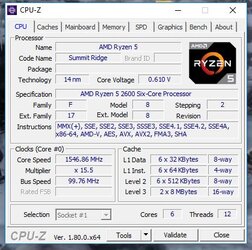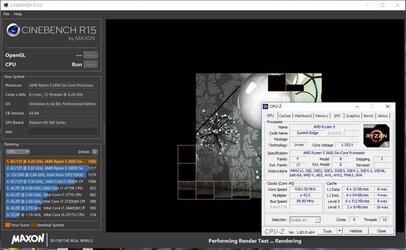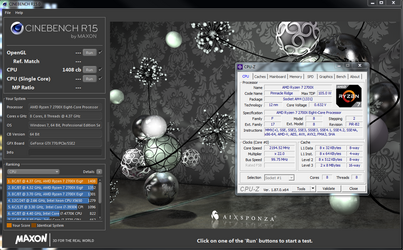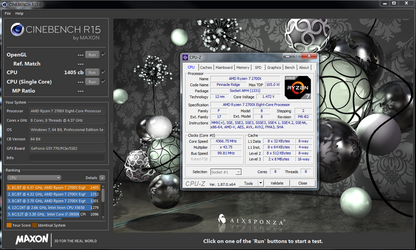TRD_Mike
New Member
- Joined
- Feb 22, 2019
- Location
- Seattle, WA
Hi All,
New to the forums, and somewhat new to Ryzen overclocking.
I've successfully managed to OC my CPU to a stable 4.2ghz @ 1.3625v.
However, I'm having a hard time deciding on if I want to enable the AMD Cool'n'Quiet setting in my motherboard (MSI B450 Tomahawk with latest BIOS 7C02v15).
The first question is, when overclocking my PC as a daily driver that's primary used for gaming, is it more preferred to keep the CPU clock freq at a constant 4.2ghz all the time, or let it throttle itself when not under load?
I'm getting conflicting reports from MSI themselves.
In this video produced by MSI, he's talking about how you want to enable Fixed mode because you want all your cores to run at OC no matter what, regardless if in idle, heavy load, or light load, because you want perfect system stability and if you leave downclocking and power saving options enabled it can cause your system to become unstable. Yes, I understand this tutorial is for OC'ing a Intel chip, but is it not the same for AMD chips?
In this guide produced by MSI on how to overclock a Ryzen 7 on an X470 board, the very last step they tell you that once you've found stability on your OC settings, to go back in and ENABLE AMD Cool'n'Quiet.
So back to my question: Which is preferred, keeping your CPU clock frequency and voltage static, or letting your mobo be dynamic and throttle or downclock your CPU when not under load?
Any advice is welcome, and thanks.
New to the forums, and somewhat new to Ryzen overclocking.
I've successfully managed to OC my CPU to a stable 4.2ghz @ 1.3625v.
However, I'm having a hard time deciding on if I want to enable the AMD Cool'n'Quiet setting in my motherboard (MSI B450 Tomahawk with latest BIOS 7C02v15).
The first question is, when overclocking my PC as a daily driver that's primary used for gaming, is it more preferred to keep the CPU clock freq at a constant 4.2ghz all the time, or let it throttle itself when not under load?
I'm getting conflicting reports from MSI themselves.
In this video produced by MSI, he's talking about how you want to enable Fixed mode because you want all your cores to run at OC no matter what, regardless if in idle, heavy load, or light load, because you want perfect system stability and if you leave downclocking and power saving options enabled it can cause your system to become unstable. Yes, I understand this tutorial is for OC'ing a Intel chip, but is it not the same for AMD chips?
In this guide produced by MSI on how to overclock a Ryzen 7 on an X470 board, the very last step they tell you that once you've found stability on your OC settings, to go back in and ENABLE AMD Cool'n'Quiet.
When you're utterly satisfied that your overclock is stable, go back into the BIOS for one last time. Navigate to the OC and look under the CPU Features section to find the AMD Cool'n'Quiet option. The Cool'n'Quiet feature is responsible for reducing your processor's frequency and voltage when it's idling. This not only helps save power but also keeps your system as quiet as possible since your fans for your cooling solution won't work as hard.
So back to my question: Which is preferred, keeping your CPU clock frequency and voltage static, or letting your mobo be dynamic and throttle or downclock your CPU when not under load?
Any advice is welcome, and thanks.



